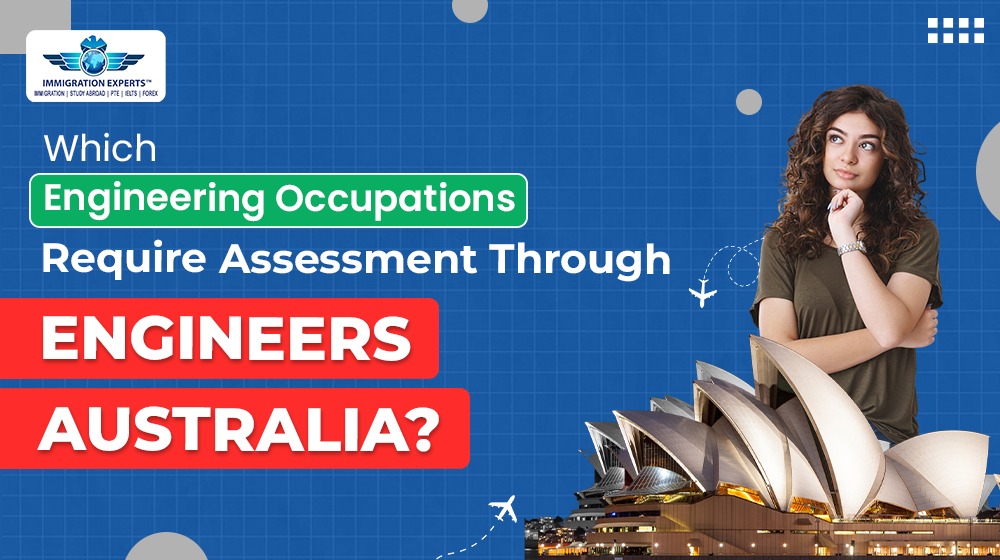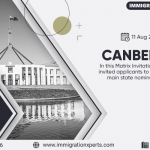
Which Engineering Occupations Require Assessment Through Engineers Australia?
Engineers Australia (EA) serves as the officially recognized authority responsible for evaluating engineering professions listed on the Skilled Occupation List (SOL) for Australian immigration.
If you are an engineer planning to apply for skilled migration to Australia (under visas such as Subclass 189, 190, or 491), obtaining a positive skills assessment from EA is a critical requirement.
Why Choose Engineers Australia?
The Australian Department of Home Affairs acknowledges Engineers Australia as the authorized body to assess qualifications and professional experience for engineering roles. Their assessment confirms whether your academic background and/or practical experience meet the established Australian engineering standards.
Engineering Occupations Assessed by EA
Here is a comprehensive list of engineering occupations evaluated by Engineers Australia, along with their corresponding ANZSCO codes:
- Engineering Manager – 133211
- Chemical Engineer – 233111
- Materials Engineer – 233112
- Civil Engineer – 233211
- Geotechnical Engineer – 233212
- Structural Engineer – 233214
- Transport Engineer – 233215
- Electrical Engineer – 233311
- Electronics Engineer – 233411
- Industrial Engineer – 233511
- Mechanical Engineer – 233512
- Production or Plant Engineer – 233513
- Mining Engineer (excluding Petroleum) – 233611
- Petroleum Engineer – 233612
- Aeronautical Engineer – 233911
- Agricultural Engineer – 233912
- Biomedical Engineer – 233913
- Engineering Technologist – 233914
- Environmental Engineer – 233915
- Naval Architect – 233916
- Other Engineering Professionals (nec) – 233999
Available Assessment Pathways
Engineers Australia provides four primary routes for assessing engineering qualifications:
- Accredited Qualifications (under the Washington, Sydney, or Dublin Accords)
- Australian Engineering Degree Holders
- Competency Demonstration Report (CDR) Route
- Mutual Recognition Agreements (MRAs) with international bodies
Required Documentation
Applicants must submit the following documents for skills assessment by EA:
- Copy of passport bio-data page
- Recent passport-size photograph
- Degree certificates and academic transcripts
- Resume or Curriculum Vitae (CV)
- English language test scores (IELTS, PTE, or TOEFL)
- CDR report (if required)
- Employment references or work experience documentation (for relevant experience claims)
Importance for Permanent Residency (PR)
Securing a positive EA assessment is mandatory if you are applying under any of these visa subclasses:
- Subclass 189 – Skilled Independent
- Subclass 190 – Skilled Nominated
- Subclass 491 – Skilled Regional (Provisional)
- Other employer-sponsored and state-nominated PR visas
Pro Tips for EA Applicants
- Ensure your degree is equivalent to an Australian Bachelor’s degree or higher in engineering.
- For those using the CDR pathway, avoid plagiarism—reports must be original and self-written.
- You can also opt for a separate employment experience assessment to claim additional migration points.
Final Thoughts:
If you're an engineering professional planning to move to Australia, your journey begins with a successful skills assessment from Engineers Australia. Whether you're in mechanical, civil, electrical, or software engineering, choosing the right pathway and submitting accurate documents can significantly increase your chances of migration success.
Need expert help with your CDR preparation or EA application? We’re here to support you.





